Human Interest
Apollo 11: the landing
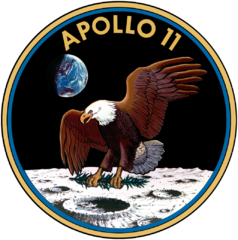
Forty-five years ago this month, with even the days of the week aligning as they did, three men flew a mission called Apollo 11. All three were veteran astronauts, one of the few missions that few with all-veteran crews. NASA needed veterans for this job. Because for the first time, men would land on another world.
The Apollo 11 controversy
Sadly, one must revisit the infamous Apollo 11 controversy. To this day, people believe NASA never landed anyone on the moon. Instead they mocked up the flight and the landing on sound stages and using miniatures. (Some theories say Apollo 11 might have been a pseudo-mission, but succeeding missions, especially Apollo 15 and 16, were genuine.)
At least two motion-picture projects lent credence to the Apollo 11 conspiracy theory:
- Diamonds Are Forever, prod. Albert R. Broccoli; dir. Lewis Gilbert; with Sean Connery, Jill St. John, Charles Grey, et al.; Eon Productions, 1971. British Secret Agent James Bond (“007”), investigating a string of diamond thefts, blunders onto a sound stage in Las Vegas, Nevada, where a crew of actors is re-enacting an Apollo J-class mission.
- Capricorn One, dir. Peter Hyams; prod. Paul N. Lazarus III; with Elliot Gould, James Brolin, Brenda Vaccaro, O. J. Simpson, Sam Watterson, and Hal Holbrook; Incorporated Television Company and Associated General Films, 1977. NASA itself fakes a mission to Mars, using Project Apollo hardware, after a life-support system proves fatally flawed. Then the astronauts figure out that the command module burned up on re-entry. NASA marks them for summary execution. They then make a desperate attempt to escape.
Everyone who believes “we never went to the moon” ascribes a different motive to NASA for such fakery. The favorites: to keep the program alive, to put on a game face in front of the Russians, or to distract from the war in Vietnam. One conspiracist even confronted Astronaut Edwin “Buzz” Aldrin and asked him to denounce the official version! “Buzz” literally decked the heckler. He had the sympathies of many who commented on the incident.
Apollo 11 lands
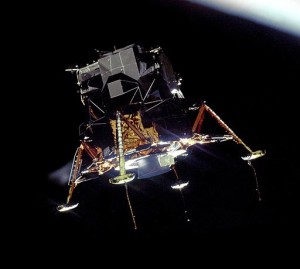
The Apollo 11 Lunar Module Eagle, in a landing configuration was photographed in lunar orbit from the Command and Service Module Columbia. Inside the module were Commander Neil A. Armstrong and Lunar Module Pilot Buzz Aldrin. The long rod-like protrusions under the landing pods are lunar surface sensing probes. Upon contact with the lunar surface, the probes sent a signal to the crew to shut down the descent engine. Photo by Astronaut and Command Module Pilot Michael Collins, courtesy of NASA.
Laying that aside, “Buzz,” as Lunar Module Pilot, and Neil Armstrong, as Mission Commander, knew they were making a hazardous landing. The hazard went double from the nature of space flight. Project Apollo never re-used any spacecraft or part of one. So every Lunar Module was new. Technically, the “spacecraft type” had two test flights in its history: Spider in Apollo 9 (in earth orbit) and Snoopy in Apollo 10 (in lunar orbit). Both succeeded. But now these two men must pilot this craft all the way to a powered landing. (The more reason to vindicate then-President Dwight D. Eisenhower. He insisted every astronaut be a test pilot.)
The landing would be far more complex than one might suppose. At the time, NASA still worried about the descent engine kicking up enough dust to swallow the LM. So the Apollo 11 LM (Eagle) would run its engine only until four “feelers,” dangling two meters below the pads of the landing legs, all made contact. Then the engine would stop and the LM would drop about six feet to touch down.
This page of the on-line book Apollo by the Numbers tells the story. Included is a part of the story most listeners (including this correspondent, who was eleven years old at the time), did not appreciate from listening to the cool, crisp voices of Astronauts Armstrong, Aldrin, and Charles Duke, the Capsule Communicator (CapCom) on earth:
- The computer systems took in too much information, and overloaded. This happened five times.
- For the last two and a half minutes, Armstrong had to steer the LM by his own hands. Again this vindicated the test-pilot recruitment decision. It also vindicated the Mercury astronauts. They insisted in their day that a pilot controls his own craft. He does not let a computer do his work for him.
- As Eagle closed in, Armstrong saw he was headed for “a football-field-sized crater” strewn with boulders the size of automobiles! He did not care to land there. So he took the controls yet again to steer Eagle clear.
But all anyone heard was:
Forward. Full forward.
Kicking up some dust.
Forward. Full forward.
And then Aldrin sang out: “Contact light!”
Armstrong followed up: “OK! Engine stop!” As he pushed the button to stop the engine. He then announced throwing two switches.
Charlie Duke said then, “We copy you down, Eagle.”
And then Armstrong made the second most famous statement of the mission:
Houston, ah…Tranquility Base here. The Eagle has landed.
A second and a half later (on account of the delay of sending a message to someone more than a light-second away), Charlie Duke said something that showed how badly frightened everyone in Mission Control had been:
Roger, Twank…er, Tranquility. We copy you on the ground. You’ve got a bunch of guys about to turn blue. We’re breathing again. Thanks a lot.
As well they might have turned blue. Besides everything else, Apollo 11’s Lunar Module touched down with fuel enough for only forty-five seconds of more “burn.” And the astronauts did this feat on live radio.
Related:
[subscribe2]
Terry A. Hurlbut has been a student of politics, philosophy, and science for more than 35 years. He is a graduate of Yale College and has served as a physician-level laboratory administrator in a 250-bed community hospital. He also is a serious student of the Bible, is conversant in its two primary original languages, and has followed the creation-science movement closely since 1993.
-

 Civilization5 days ago
Civilization5 days agoIlhan Omar Did Not Flee From Oppression As A Refugee – She Was Fleeing Justice & Has Been Installed To Attack – This Video Speaks Loud & Clear
-
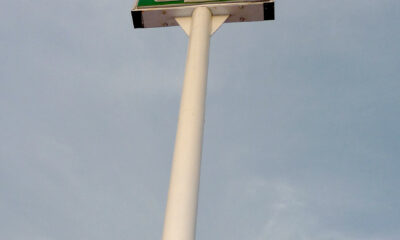
 Guest Columns4 days ago
Guest Columns4 days agoShe Saved Her Life. 7-Eleven Fired Her
-
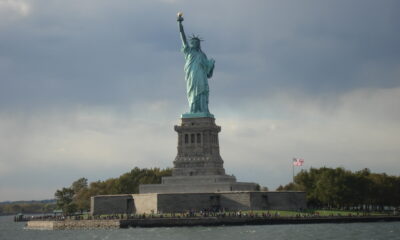
 Civilization5 days ago
Civilization5 days agoThis Thanksgiving, Celebrate the New Beacon of the American Dream
-
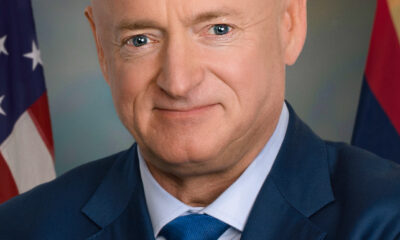
 Civilization4 days ago
Civilization4 days agoDemocrats’ Viral Video Lights Match to the Republic
-

 Guest Columns3 days ago
Guest Columns3 days agoWaste of the Day: What’s Big, Grey And Costs $350K?
-

 Civilization3 days ago
Civilization3 days agoThe AI Challenge: Palantir, the Pope, and Paul Kingsnorth
-
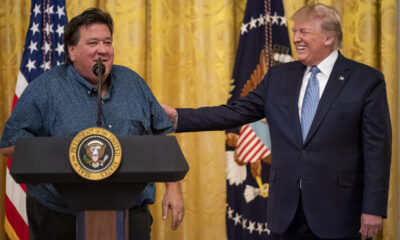
 Civilization3 days ago
Civilization3 days agoNo Kings, No Queens, No Blind Loyalty
-

 Executive2 days ago
Executive2 days agoWaste of the Day: California’s $450 Million 911 Center Doesn’t Work



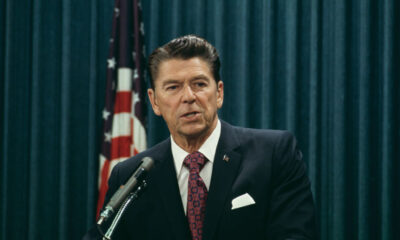





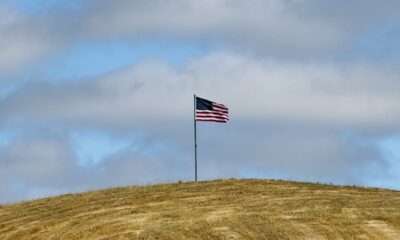



[…] Apollo 11: the landing […]